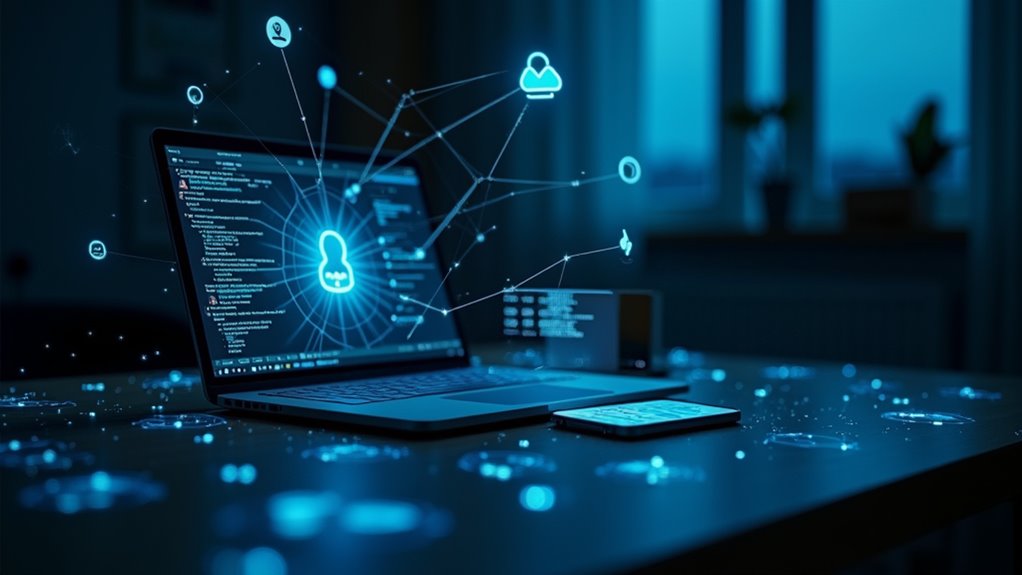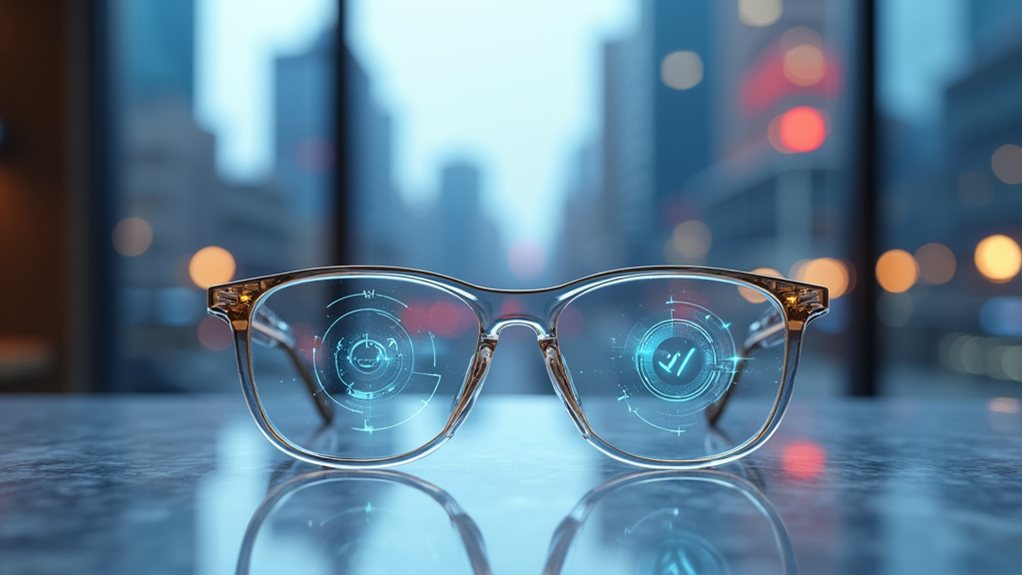Deepfakes have exploded into a full-blown crisis, with fraud attempts skyrocketing 2,137% in just three years. The average business loses nearly half a million dollars per incident, while everyday people increasingly find themselves targeted alongside politicians and celebrities. What’s scarier? Humans can only spot these AI forgeries with 58% accuracy—barely better than flipping a coin. With deepfake services available for pocket change and losses projected to hit $40 billion by 2027, the digital trust apocalypse is just warming up.
While technology continues its relentless march forward, fraudsters have found their golden ticket in the form of deepfakes—AI-generated content so convincing that even your tech-savvy cousin who “knows computers” can’t tell what’s real anymore. The numbers tell a chilling story: deepfake fraud attempts have skyrocketed by a staggering 2,137% over just three years. Like that friend who suddenly got “really into CrossFit,” they’re everywhere and impossible to ignore.
The digital arms race has a new supervillain, and it’s wearing your face better than you do.
The financial toll is mounting faster than streaming service price hikes. Q1 2025 alone saw deepfake scams drain $200 million from victims’ accounts. Businesses facing these attacks report average losses of nearly half a million dollars per incident. Experts predict these AI-powered heists will cost Americans $40 billion by 2027—growing at 32% annually from $12.3 billion in 2023. That’s billion with a “b,” as in “better check your bank statements.” These attacks are part of the alarming trend where approximately 80% of businesses globally have experienced AI-targeted cyberattacks.
Politicians can’t catch a break either, representing 33% of deepfake targets, with actors trailing at 26%. But the trend is shifting toward everyday people, with particularly concerning impacts on women and children. Recent reports indicate a growing trend of deepfakes being used for reputational damage, targeted harassment, and blackmail against vulnerable populations. Meanwhile, one in five Australian businesses reported receiving deepfake threats last year, proving nowhere is safe in the digital hemisphere.
What’s truly terrifying isn’t just the prevalence but the accessibility. For mere pocket change, fraudsters can access over 110 online marketplaces selling sophisticated deepfake services. These aren’t clunky amateur productions—they’re Hollywood-quality fakes generated in seconds. The dark web is buzzing with chatter about tools like DeepFaceLab, turning identity theft into a point-and-click adventure.
Our human defenses are embarrassingly inadequate. Research shows people can only spot deepfakes with 58% accuracy—barely better than a coin flip. Traditional security measures are struggling to keep pace as fraudsters blend real identities with AI forgeries, creating Frankenstein’s monsters of convincing fake personas.
January 2024 marked an all-time high for deepfake volume, with no signs of slowing. In this brave new world, maybe the only truly authentic experience left is the paranoia we feel scrolling through our feeds, wondering which reality is actually real.









